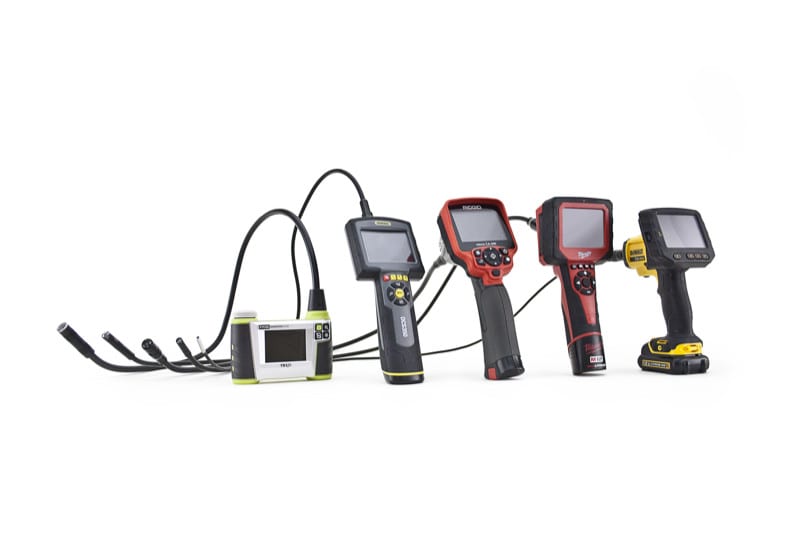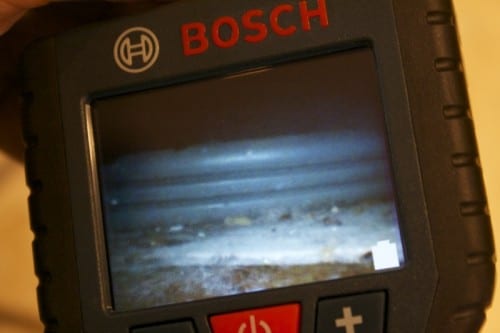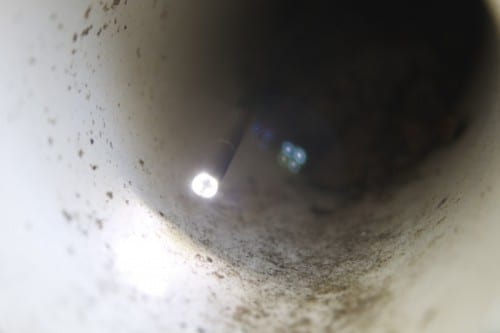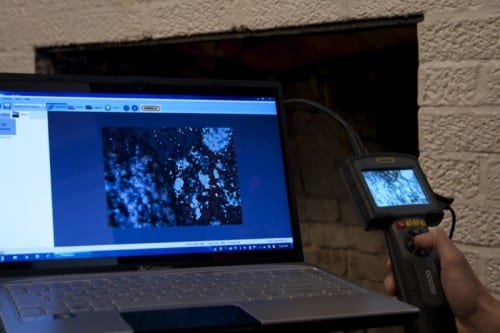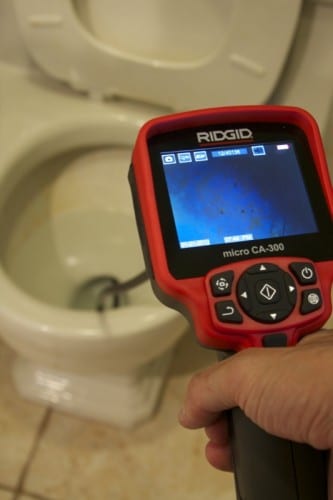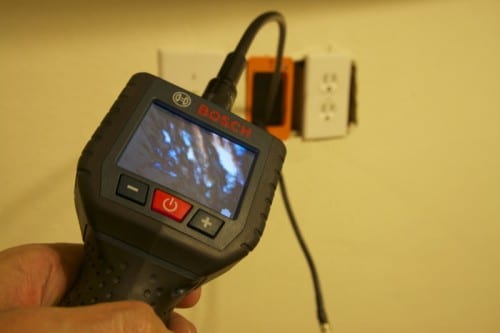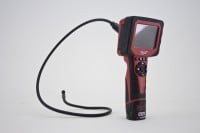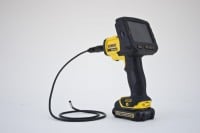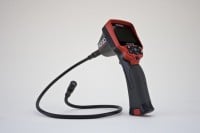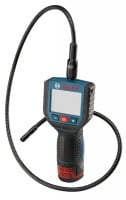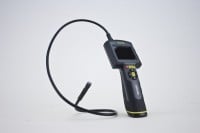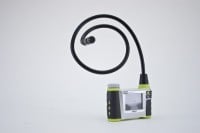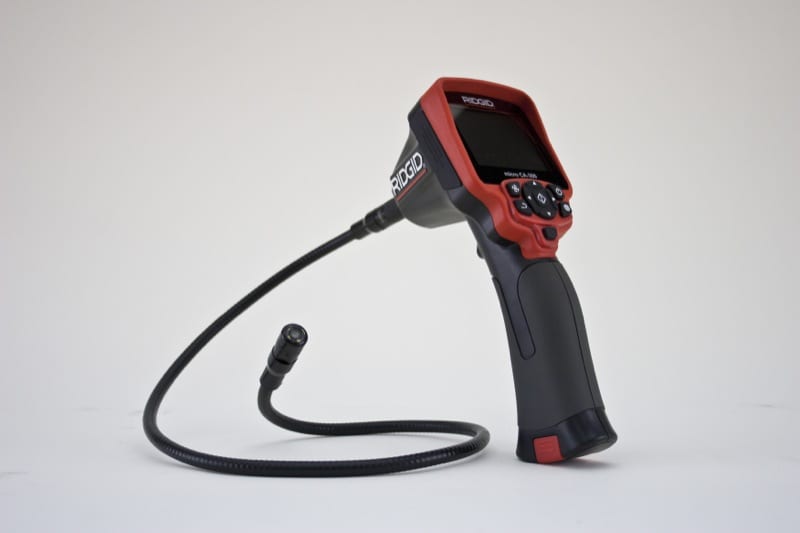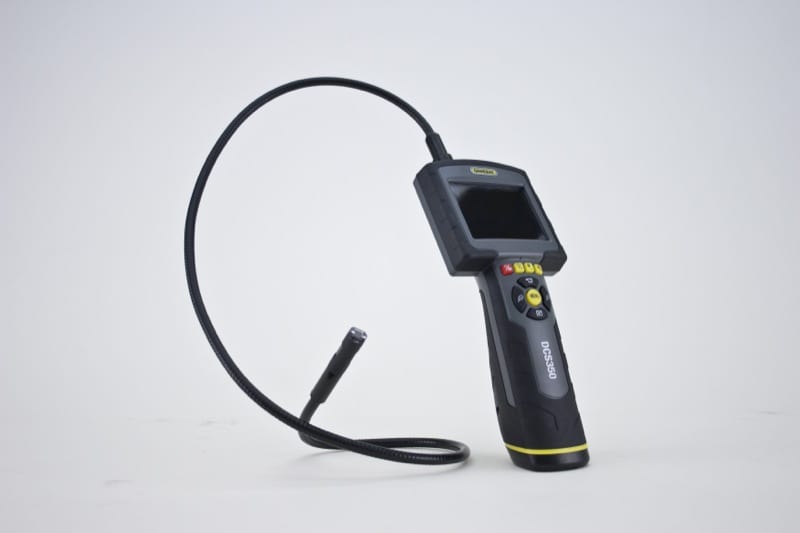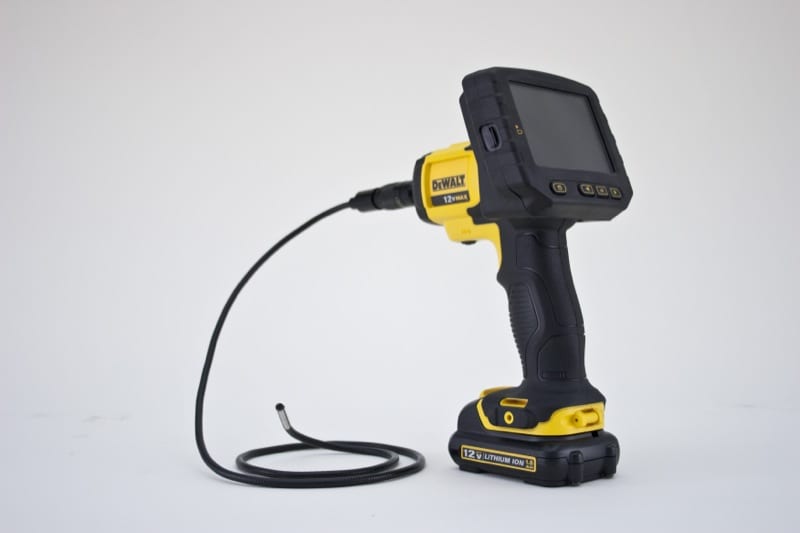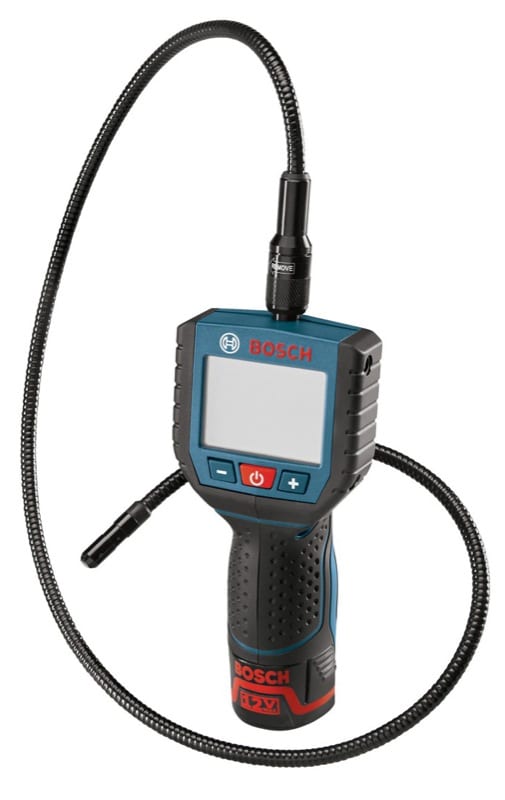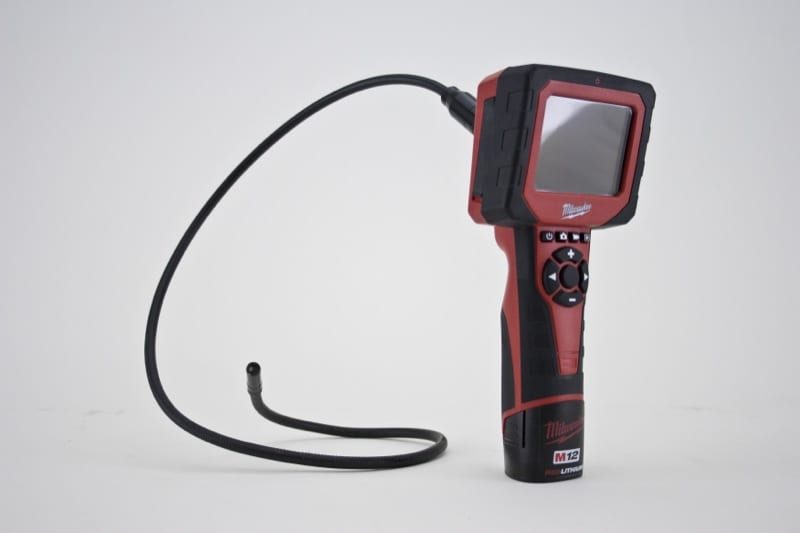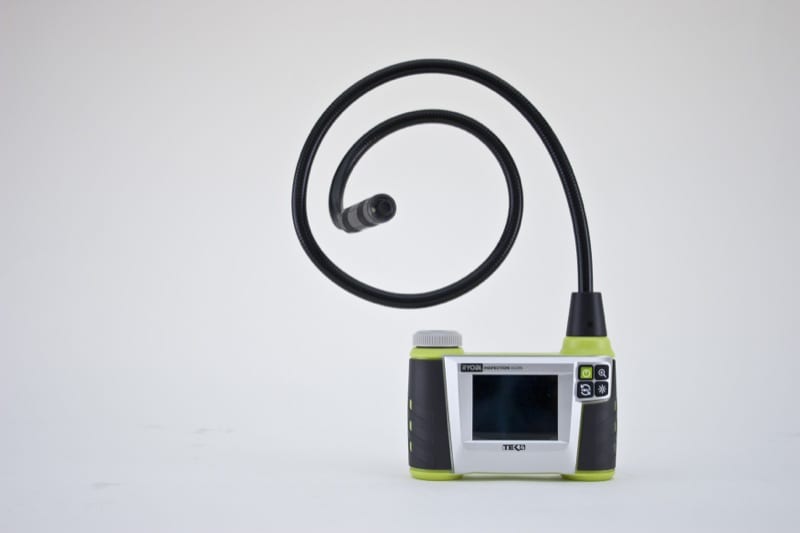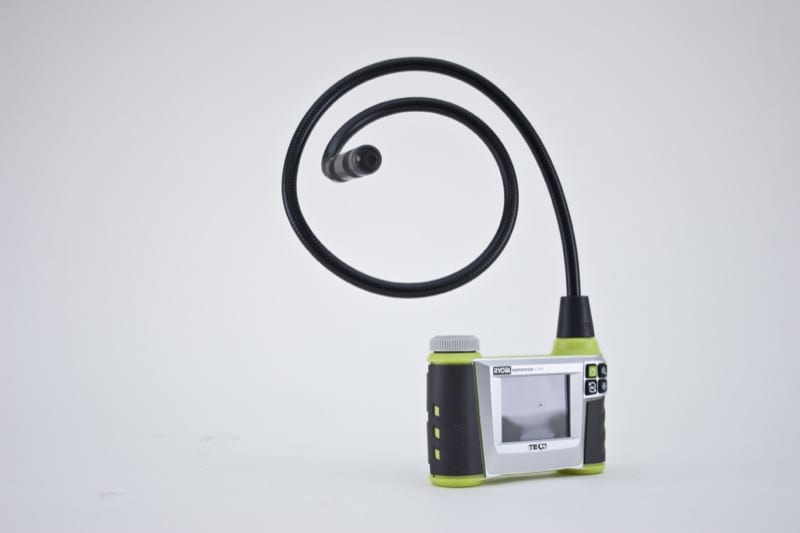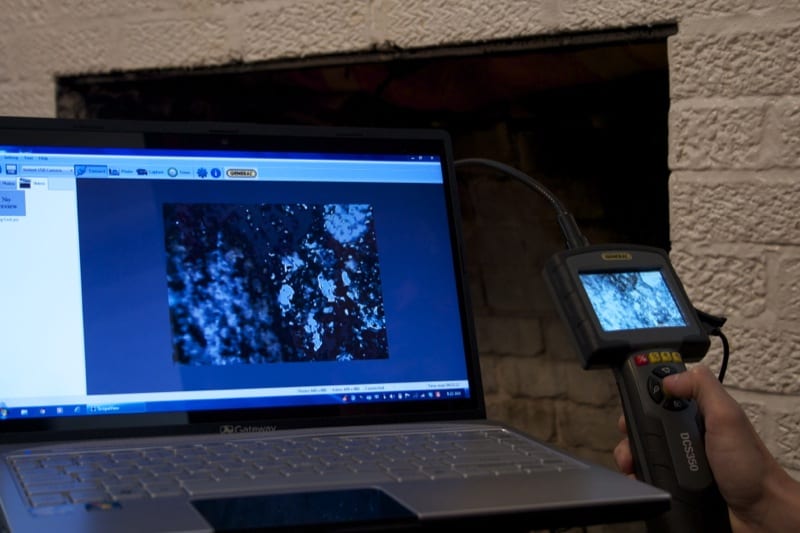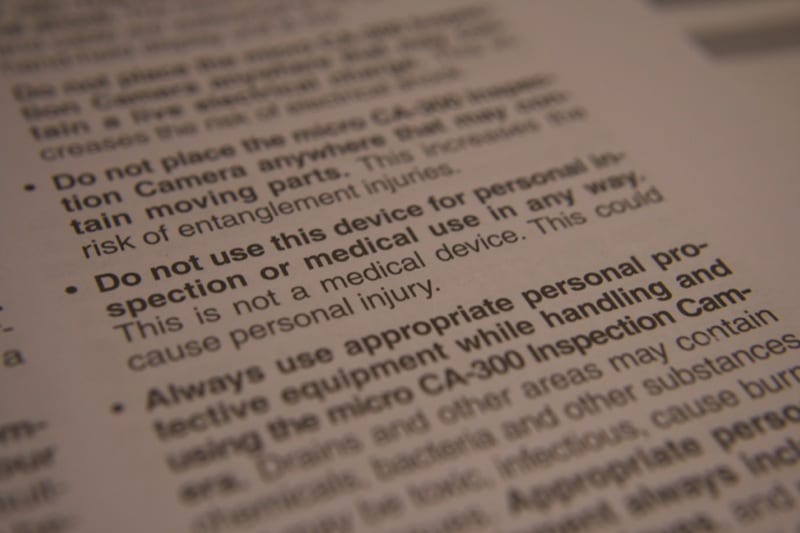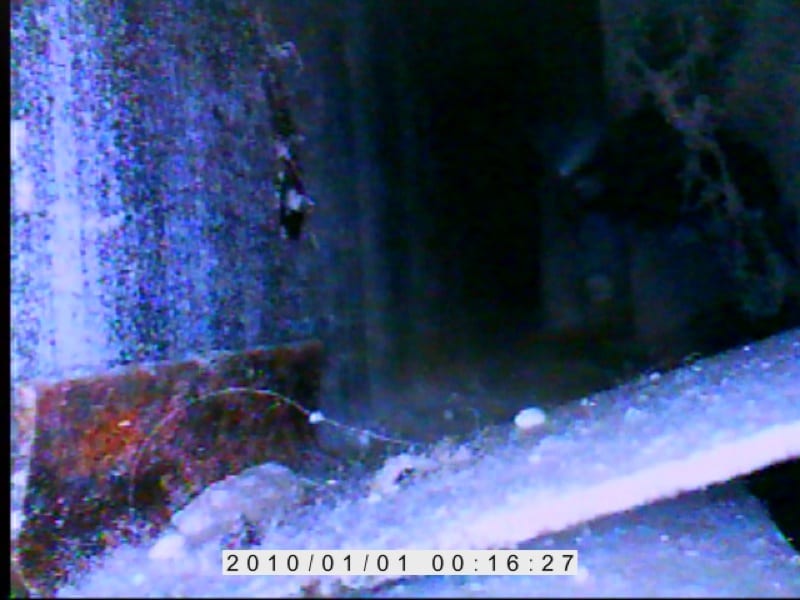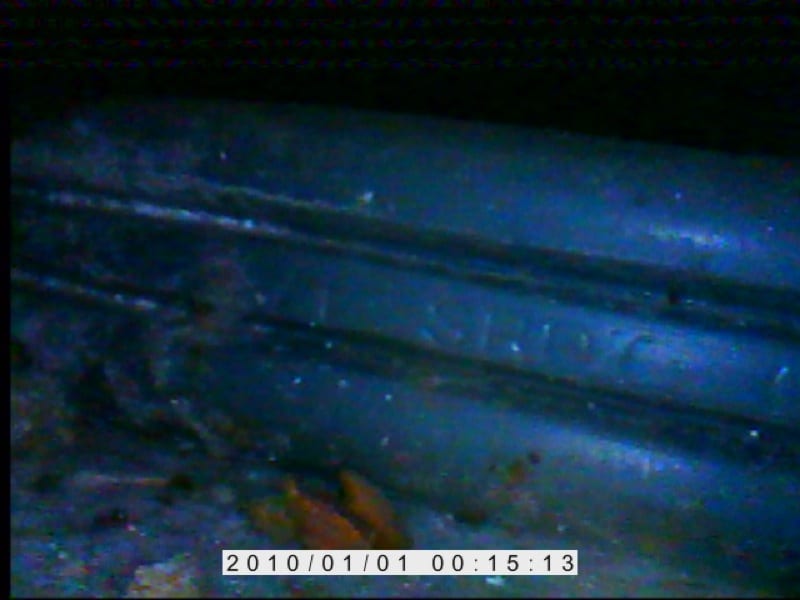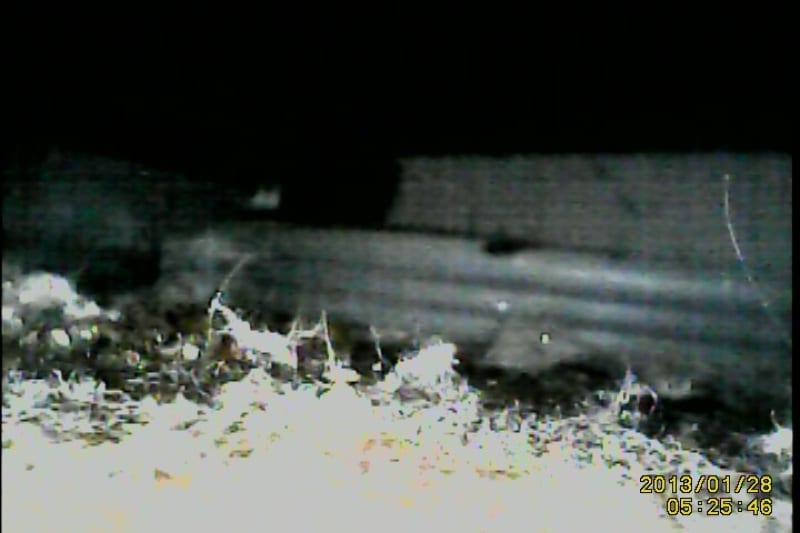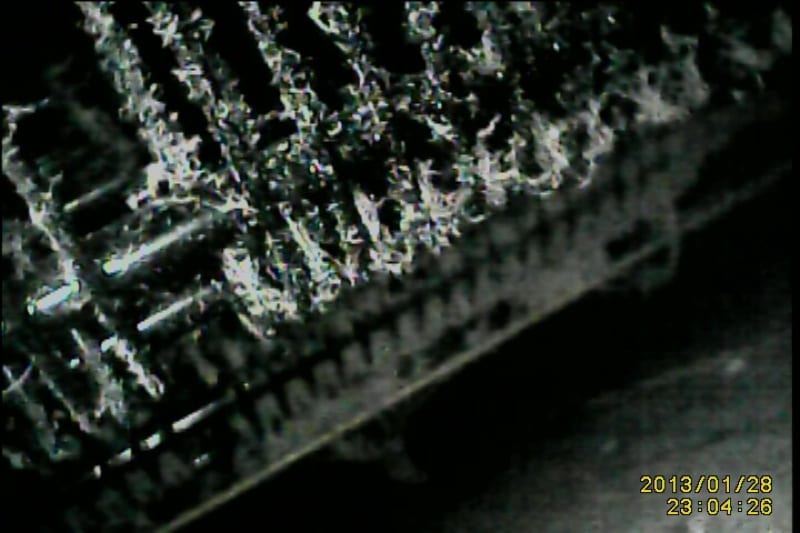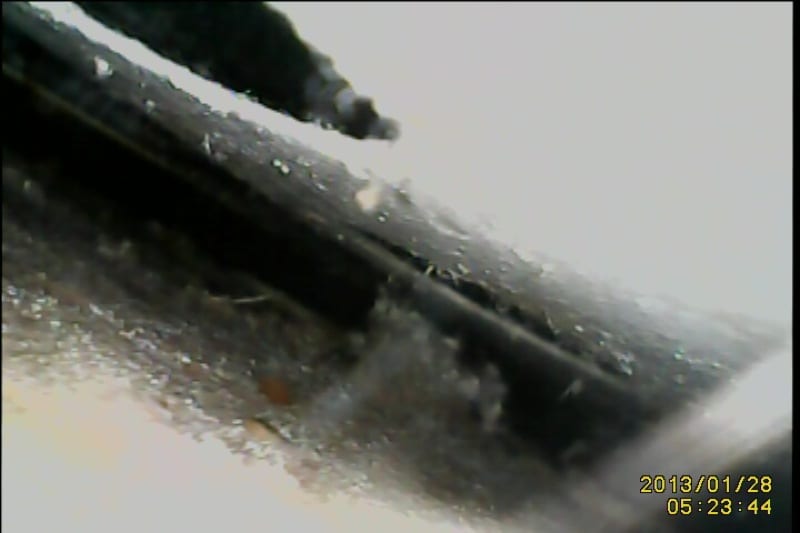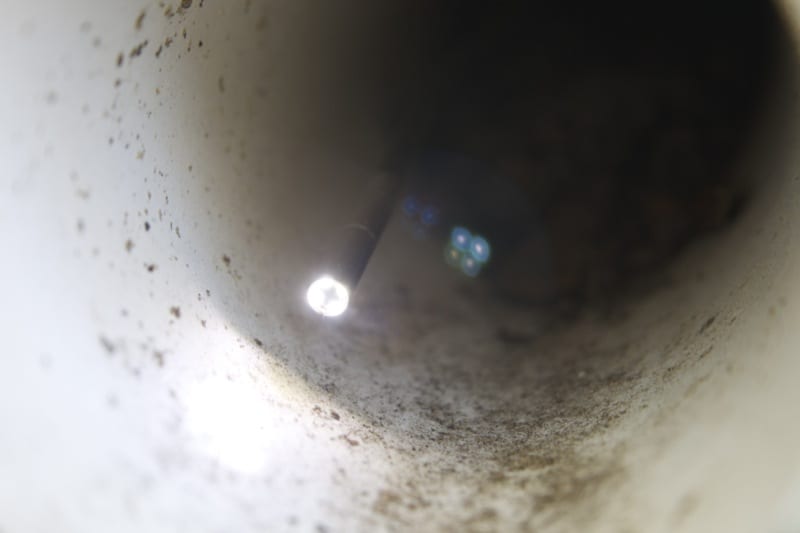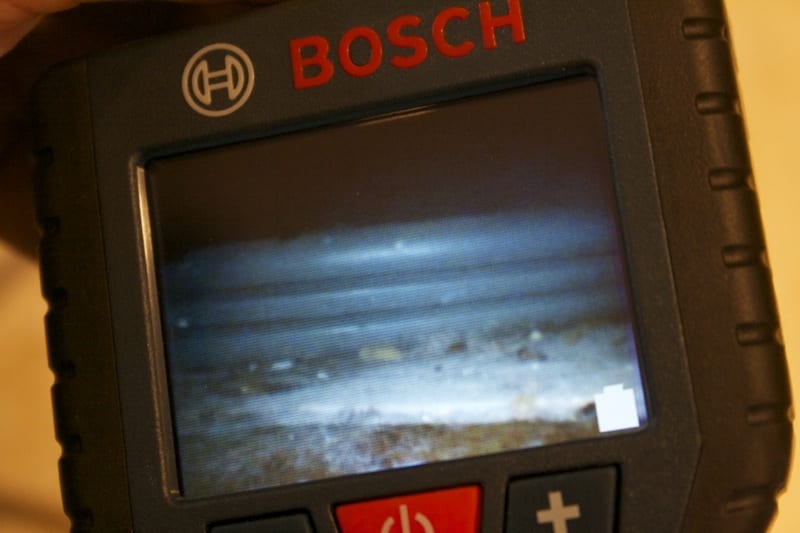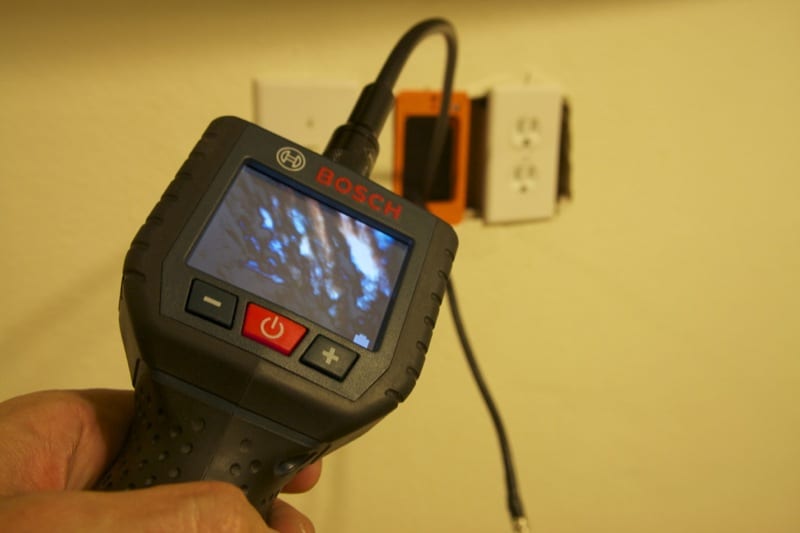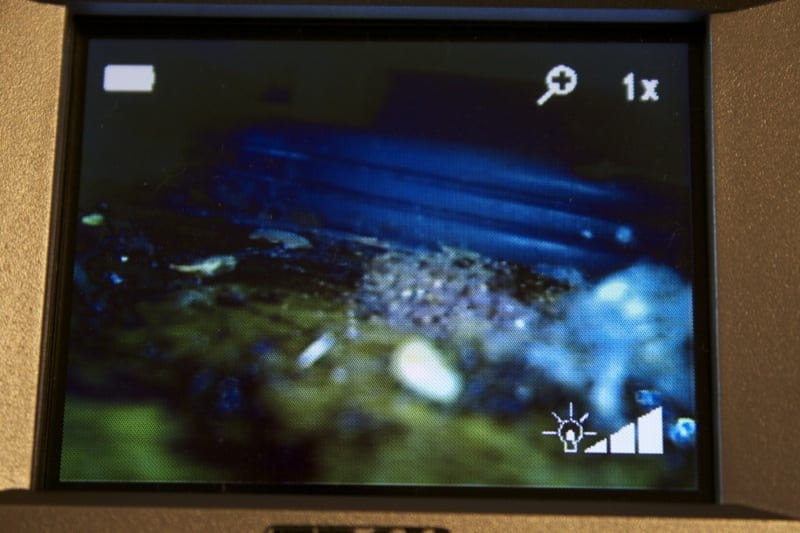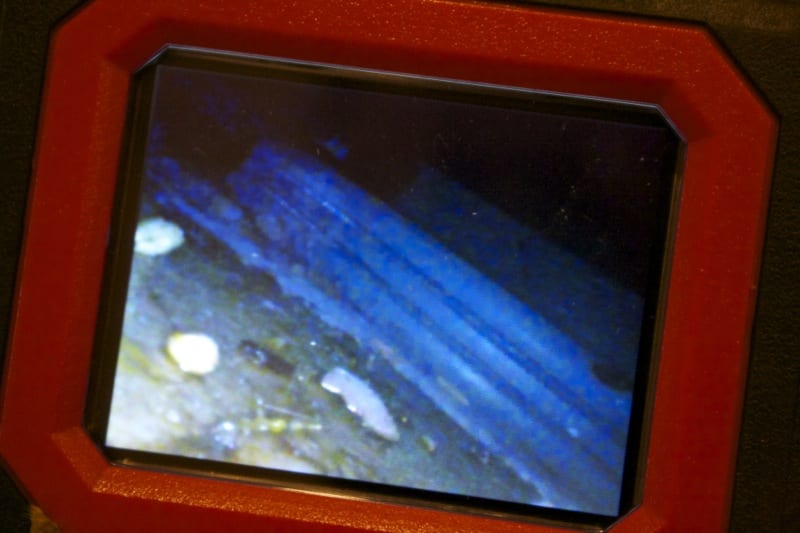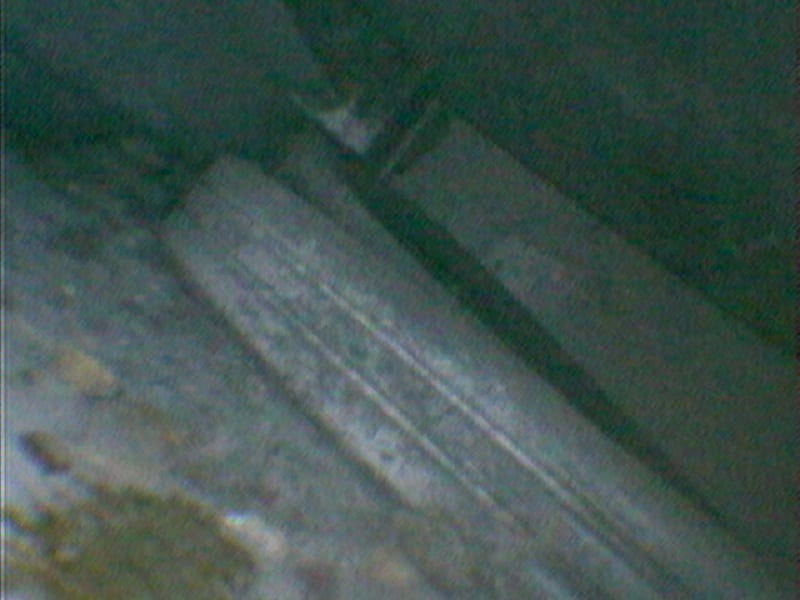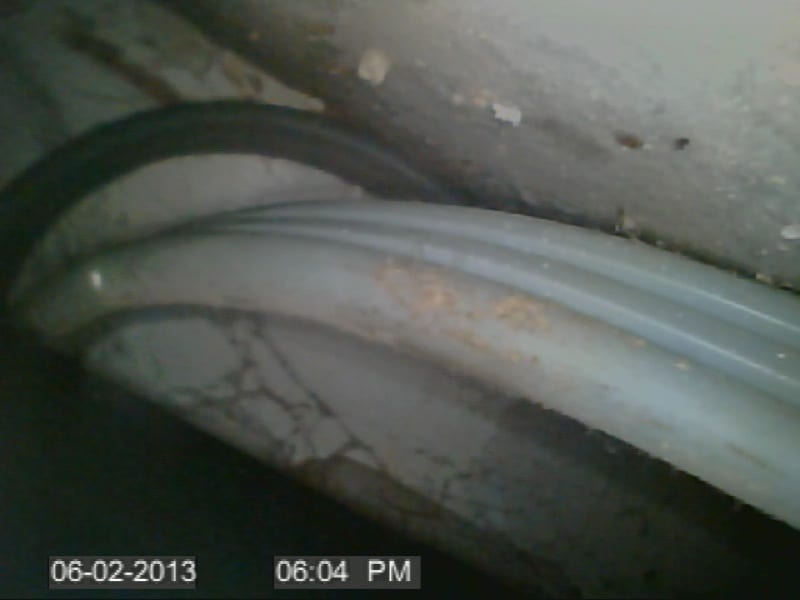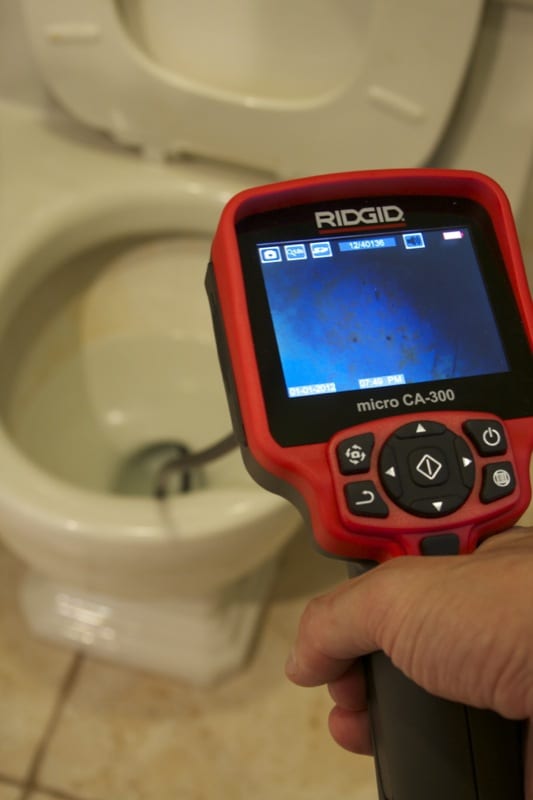If I’m being completely honest, reviewing digital inspection cameras or scopes is something I initially wanted to put into the hands of a licensed plumber. But then my brother-in-law and I tackled a large rewiring project, and I saw how handy they were in that application. Soon after that, another friend of mine asked to borrow one of my inspection cameras to hunt down a critter problem he was having. Yet still another friend of mine, an electrician, wanted one to inspect a wall cavity to see if there was a fire block that was impeding his wiring run. Turns out, these tools are so versatile and in-demand that it was hard to pin down who to send them to for a review. The idea of doing an inspection cameras comparison seemed like a very good idea.
Since my background involves, among other things, a recording engineering degree and years of experience with digital audio and video equipment, I finally decided to take point on this one. Of course, to get the broadest feel for how the tools can be best used in various trades, I also solicited the opinions of several experts to ensure I didn’t miss anything significant. Lord knows I had tons to choose from. In fact, as soon as my friends found out I was doing a comparison of inspection cameras, they all started coming around wanting to lend me their expertise…and borrow one for a project.
I gathered 7 of the newest and most popular inspection cameras, including products from General Tool, Ridgid, Milwaukee, DeWalt, Ryobi and Bosch. The cameras range from $139 to just over $400 in price and vary considerably in features. And it’s here that the fun begins…
If You Don’t Have an Inspection Camera, Read This
Inspection scopes, like digital televisions, have become nearly a commodity due to the massive drop in LCD screen and sensor costs. What used to be a thousand dollar product (or more) just a decade ago, can now often be found for less than $200-$300. On top of that, manufacturing costs and workflows have improved to the point that many of these products are starting to include some very premium features, like rechargeable batteries and video recording capabilities with audio notation and time-stamping. Still, many pros are without one (as evidenced by the excitement of my own friends in the trades). After asking around, most simply don’t know which one to get and just keep pushing off the purchase for later. I now know two things: 1) they are unlikely to get much cheaper at this point, and 2) you should pick the scope which hits the majority of features you’re most likely to need in your trade.
Why You Want One
I think for anyone who has ever strained to look into an area they simply couldn’t see, be it down a drain, underneath an appliance, or into the dark recesses of a wall cavity, the usefulness of an inspection camera is fairly obvious. They work by having a “brain” or head unit that uses an attached cable which contains the camera as well as an LED light to provide the required illumination, as the scope journeys into dark locations. For those just looking for a way to see inside walls, a simpler model might be just the ticket. If you’re doing home inspections, or need to file a report on what you’re investigating, however, then a model with video and photo capture is a necessity. If you need the ability to make audio notations along with the video, then that’s yet another distinguishing feature you’ll want to look out for in your inspection camera.
What Features Matter and Which Don’t
In terms of understanding the strengths of one model over another, the big areas to focus on are image clarity and flexibility. Some cameras, like the Ryobi Tek4 have a 3/8″ thick camera cable with a head that’s nearly 2-5/8″ long. That means you’re going to have a hard time pushing it through even a 3″ PVC 90º elbow or getting it underneath a narrow ledge. Most of the cameras tested (with the notable exception of the Ridgid and Ryobi models) have a cable that’s less than 5/16″ in diameter and a head that’s under 2″ in length. That makes them fairly flexible and gives them a decent bend radius. Or, if you want the most flexibility, DeWalt’s DCT412 takes the cake with a miniscule 3/16″ cable and a 1-1/2″ long head that has nearly the same diameter.
With a smaller head and more bendable cable, you’re going to be able to more easily make it around corners or through obstacles; however, with that said, a stiffer, thicker cable will serve to give you greater rigidity when encountering blockages. While the diminutive DeWalt cable will go just about anywhere with ease, it doesn’t stand up well to anything that might be impeding progress and quickly ends up bending back on itself. Contrast this to the Ridgid, which seems like a tool that was a drain snake in a previous life. I found it interesting that the Bosch, Milwaukee, and Ridgid cameras all use the same Mini-DIN 9 connection and so can, if needed, share probes. I swapped mine around to test, and the only weirdness was the varying LED light controls.
I took each inspection camera and plunged the head into a toilet, desiring to see if the tools’ probes would defy common practice and manage to beat the toilet trap challenge. While Milwaukee has a pipe guide probe head for the 9′ M-Spector 360 kit, we have yet to really see another type of probe be able to successfully navigate a toilet trap without an awful lot of trouble. Our guess was correct and none of the samples were much use here, though the Ridgid could connect to a SeeSnake microReel and do just about anything.
When we needed to peek down a wall to make sure we could navigate a low voltage wire run for a wall-mounted Television on a formerly-exterior wall, the Bosch PS90 really gave us a clear and smooth picture of what was going on. We found a narrow gap where we could feed the cable through, and the camera saved a ton of trial and error, making the job easier and surer than if we had gone with the traditional glow rods.
May I See Your Papers?
If you need to document what you’re inspecting, then you will want to look at models that record photos and/or video. Of the brands tested, Bosch and Ryobi are the only models without this capability; and most companies that do have these capabilities also offer a lower model in the line-up that foregoes photo capture. Most of the cameras that record have a sophisticated date and time stamp that minimizes intrusion into the photo or video and handily marks the date and time, so that you’re able to reconcile it to your job calendar later. Of the video-recording cameras, only the Ridgid, General Tools and Milwaukee allowed for simultaneous audio capture and, of those, only the Ridgid provided a means to use an external mic or headset (the kit actually includes one, but read our note in the tool section). This feature might be significant if, for example, you need something for documentation purposes and the environments you tend to be in are noisy.
Show Me the Money!
And here’s where I really get to the core of what these cameras do. Because, if you spend even a couple hundred dollars and get a product you really can’t use, or one that doesn’t tend to work in your application, then you haven’t done yourself any favors. None of the cameras are products that we’d “write off” as failures in this department, but oh how they differ! I took them all and tested them in a variety of ways, including running them under an appliance to see if they could read the wire numbers off a range’s 50-amp cable. I also tested the field of view of each scope. This was accomplished by placing the camera 3.5″ away from a printed test pattern and measuring the resulting ratio of the visible width. Interestingly enough, none of the cameras introduced any significant barrel distortion.
To check the light intensity, I marked off distance in 1″ increments within a homemade cardboard enclosure. I then inserted the probe into one end of the cardboard tube and noted the furthest distance able to be seen by the sensor with the LED set to max output. This was a great test to illustrate the balls-to-the-wall LED of the General Tools DCS350 which, while it could throw some serious light, also resulted in a hyper-contrasty image that often washed out foreground details. Of the cameras, the advantageously small DeWalt DCT412S1 imaging head had the drawback of containing the weakest LED in the group, forcing it to get up close before you could identify items in a space. You can note the results of the test in the evaluation chart, but suffice it to say the Ridgid and Bosch have the nicest, longest picture, if you are really hoping to get a decent birds-eye of what’s going on in a given space. The General Tools and the DeWalt will manage to get just about anywhere you point them, but you are only going to see what’s directly in front of the camera head.
In my last test I used a chip chart (color chart) to see how well the cameras preserved color. Of note in this test, the auto white balancing of the Bosch could be fooled by the bright LED at times, generating an almost monochromatic image until it reset. Both the Ridgid and Ryobi had a very natural and true color balance, while the Milwaukee and DeWalt were almost a tad oversaturated.
Erectile Dysfunction
Not all probes are built the same. While they vary in diameter and length, they also vary in their ability to retain shape. Ask anyone who has used scopes for long, and they will tell you this is significant because it aids in allowing you to position the probe where you want it, rather than putting you at the mercy of gravity and the objects the probe may bump up against as it makes it way to its destination. I tested rigidity by vertically orienting the probe and then bending it at the 12″ mark, allowing the remainder to stand out horizontal. If the remaining probe length stayed put, the device passed. If it, um, sagged downward by more than a couple degrees, then it failed. The Bosch, General Tools and Ridgid stood tall while the Milwaukee, Ryobi and DeWalt came in somewhat limp in the testing.
Application is Everything.
So where does this end up? Based on the testing, exported photos and my own perceptions, I think the Ridgid micro CA-300 has the best optics of any of the products tested, though General Tools takes the cake on features. You can hook up a laptop and record video remotely, making it perfect for two-man inspection crews or those who simply want to connect directly to their PC to store recorded photos or video.
For $139 out the door, it’s hard to fault the Ryobi if you just want a down and dirty tool to look inside walls and verify that, yes, that is a dead rat in your wall and not a steak sandwich that got left behind a cabinet somewhere. For versatility, it’s hard to beat the DeWalt DCT412S1, whose tiny camera can go anywhere and whose removable LCD monitor means you can maneuver your probe any which way but loose and not lose your bearing in the process. And the Bosch is just beautiful in its simplicity of use and the quality of the on-screen image. I can’t tell you which one to buy, but hopefully this review will narrow it down somewhat and make navigating the choice a little easier.
Inspection Cameras Tool by Tool
Milwaukee M-Spector AV 2312-21
Price: $360
The Milwaukee is a strong product, with a decent picture and a nice auto-contrast mode on the display which ensures you don’t get blown out when the LED comes up against something particularly reflective. Like some of the other models, I dinged it for not having any markings on the camera head to let you know which way to insert it to get a right-side-up picture. (hint: Put the LED on top.) This camera also has one of the closest focal points of the tools tested. And the color can fool you if you don’t realize that its designed to deliver more natural color up close and under the integrated LED light. Anything else and you might think it’s considerably desaturated.
Verdict: A great all-around inspection camera with simple recording and playback controls.
DeWalt DCT412S1
Price: $380
This product is truly unique, but its uniqueness comes with some penalties. The head is small enough that it’s likely this is the tool that’s going to show up in the next Mission Impossible franchise movie. The size of the head also limits the size of the LED lights, so the end result is that you really can only see where you are with the DCT412S1, never where you’re going. The image is fairly clear—it’s just not that deep. The removable display is also a boon, except that I tended to try and pick up the tool using the display—at which point it would pop right off, and I’d curse myself for falling for its tricks once again. Also, since the body and the monitor are separate, both need to be powered up and powered off in order to not drain the 12V Max battery. The interface is super easy to use, with separate buttons for video and still capture—a god-send compared to the models where you have to constantly go into the menu system to select the option you want. The only other hang up is a lack of a mini-USB port for uploading video and stills from the microSD card to your computer. As it stands now, you can shoot video and take still photos to your heart’s content, but that data isn’t going to leave the premises without an additional accessory.
Verdict: An agile, scope that makes up for its lack of “pushiness” with features that are way ahead of its peers.
Ridgid micro CA-300
Price: $418
Worth every extra penny, this inspection camera has the finest imaging system of all the ones tested. The stored photos are close to looking like they were shot with a more traditional digital camera. The system also has a bright LED light that works well with the display’s auto-contrast feature, which keeps the images from blowing out the display when they are overly lit. The audio recording features of this camera were a little disappointing. They were highly touted (The system even includes a pair of earphones with integrated mic.), but even after a firmware update and swapping out the included headset for my own, I never got satisfactory results with anything other than the built-in microphone. The menu interface is also the most sophisticated, though it forces you to go through three clicks in mode change settings before you can switch from taking stills to recording videos.
Verdict: The best picture and video from a trusted source. A tad overly complicated to use.
Bosch PS91-1A
Price: $263
Bosch opted to construct a tool that had very few frills and simply did what it did well. That’s the PS90 in a nutshell. Simple, direct, efficient…just like a German tool should be. Anything shot at a distance with this tool, much like the DeWalt, will appear to be monochromatic. Don’t let it fool you, the optics are simply optimized for close-up shots involving the LED lights and a narrow field of view. The auto-contrast setting on the display is a bit overactive sometimes, leading the screen to go from blueish white to brownish white seemingly at random when the LED encounters a close-up object. Still, the Bosch provided one of the nicest pictures of all the tools tested—it’s only too bad it doesn’t record. Truly, the optics and image seem to be second only to the Ridgid. This is the scope to beat if you only want real-time evaluative feature.
Verdict: One of the simplest interfaces and a beautiful picture—but you can’t take it with you.
General Tool DCS350
Price: $200
This is, by far, the most feature-rich of the tools tested. It’s also the only scope that has 128MB of internal memory, so if your microSD card was left in the computer, you can still snap off some photos or a quick video. It has one of the brightest LEDs, but also the most limited auto-contrast compensation, so at its brightest modes any foreground elements really became washed out. The DCS350 backs up it’s “rugged” marketing by carrying an IP67 rating on its 3′ long probe (making it virtually water, dust, and oil-proof). They also double-molded the grip and monitor to get them IP54-rated (drop-proof to 1 meter as well as splash-proof). For those looking for a nice inspection and reporting tool, the DCS350 can be connected via USB to deliver its video real-time to a laptop monitor using the included ScopeView software (PC-only). Then, there’s the motion-sensing option, which triggers a recording event automatically if something moves in front of the probe’s camera. You can even adjust the sensitivity. My particular sample did have some issues with the LED shutting off, which just required a reboot of the tool.
Verdict: This is the tool all the engineers and techie people will want. Endless features and possibilities.
Ryobi Tek4 RP4205
Price: $139
The Ryobi is a truly simple video scope, with very little in the way of frills. In all of its simplicity, it does deliver a pretty clear image that’s easy to read on the 2.7″ LCD screen. Color is particular, natural and it delivers very crisp images from just 2″ away. The LED is fairly bright, but more importantly the auto-contrast function on the display is quite adept and compensates to deliver more depth and information to the LCD whenever possible. I actually like the unique form factor of the Tek4 scope as well—it’s easy to grip and allows you to twist the probe using leverage from the square camera body.
Verdict: If all you need is a camera, this inexpensive solution is hard to pass up.

